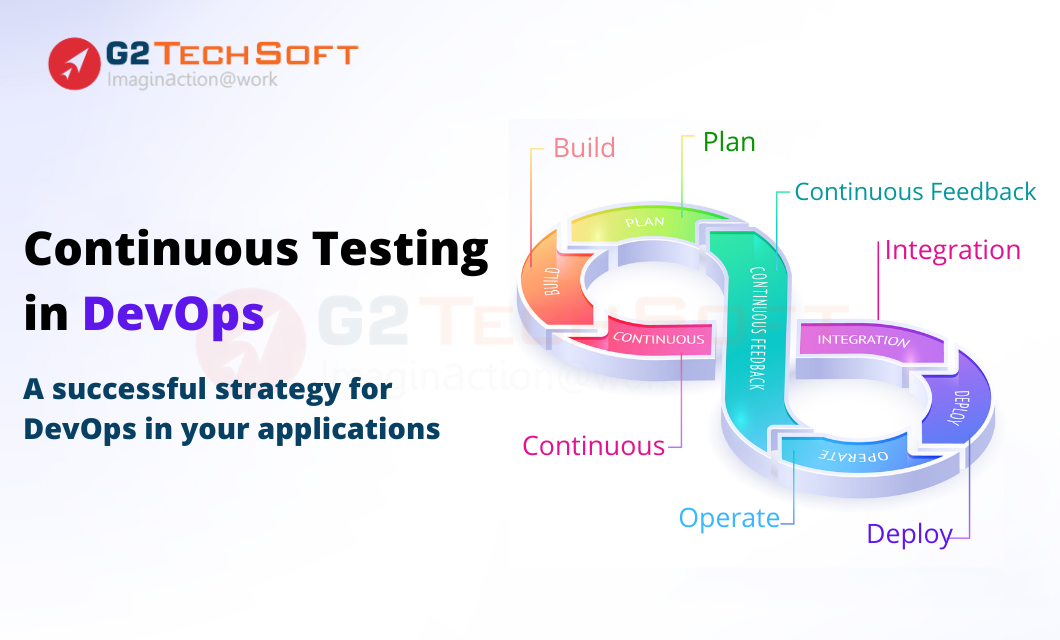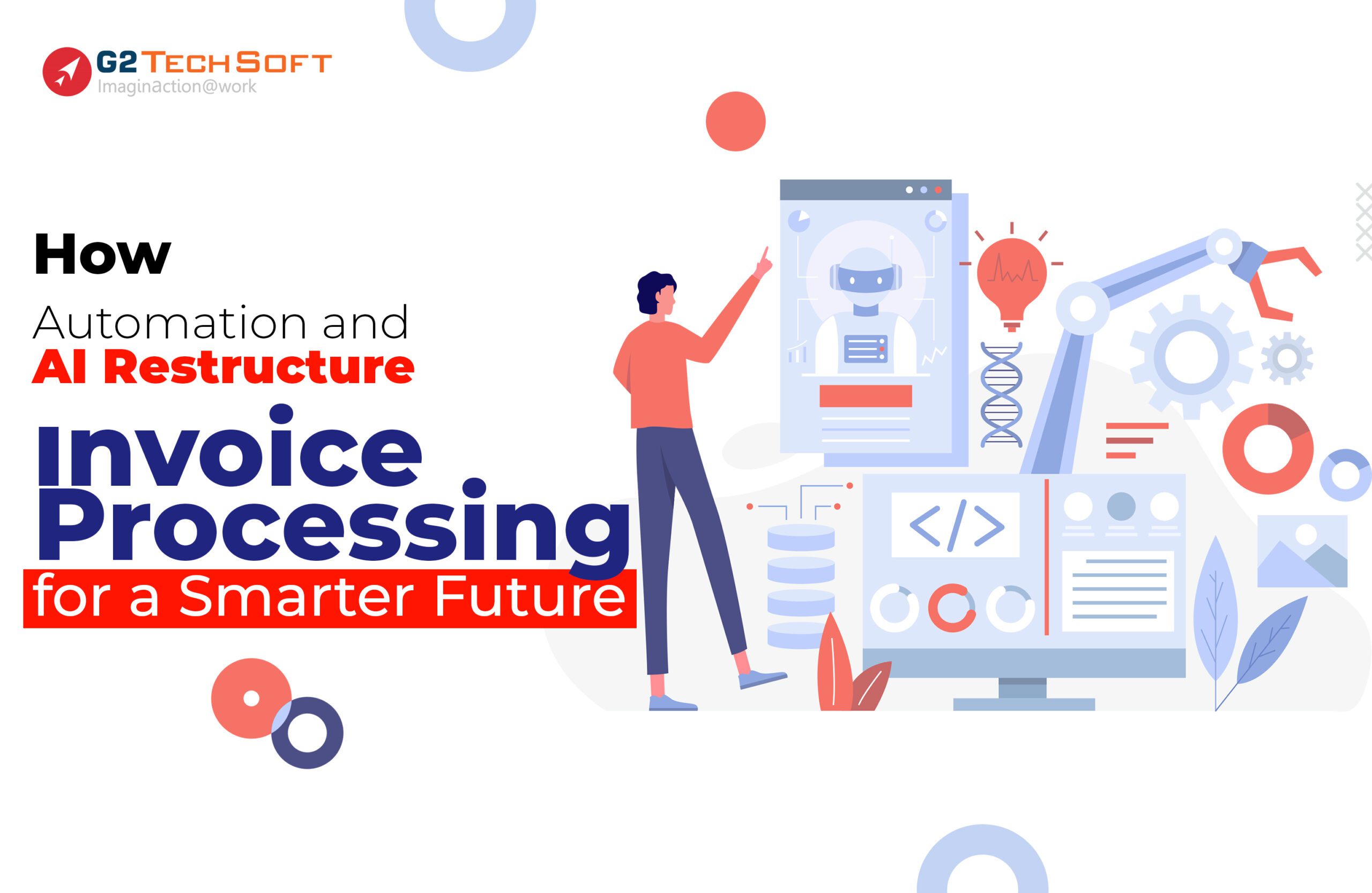
The need for technology in business operations has drastically changed over the last five years. But as businesses move toward cloud computing and digital transformation, they are practicing DevOps to deal with Rapid Application Development (RAD). As a result, the agile software development approach has taken precedence over the traditional waterfall method for the SDLC (Software Development Life-Cycle). While Agile methodology copes with the speed of development and acts as a critical differentiator in propelling business, maintaining the quality of applications could be a real challenge – unless continuous integration and testing automation is set up during the SDLC.
This blog will discuss the importance of continuous deployment testing in DevOps and open source continuous deployment tools. We would also try to lay down the basics for DevOps and agile development and the need for automated software testing.
Overview- Continuous Testing in DevOps?
No software application should be delivered to the customers without proper testing. Your testing methodology can either boost or slow down the whole process. But when the conventional software testing slackens the DevOps, you may be tempted to perform unmethodical testing or skip the testing at some points.
What is DevOps Methodology?
DevOps agile methodology process focuses on refined communication, team collaboration, and process integration across all stakeholders involved in the SDLC – the operations, software developers, and quality analysts. DevOps thrives on two essential practices, namely Continuous Integration, and Delivery Tools.
Continuous Integration Environment and when does it happen?
DevOps Performance Testing or Continuous Deployment Testing is a comprehensive software application quality management process that the DevOps teams perform on an on-going basis. Here, the project development team build, test, and release bug-fixes rapidly and simultaneously. A continuous integration environment compels teams to regularly integrate their work, where the check-ins are evaluated by a continuous delivery automation software tool.
Automated software testing, continuous integration, and deployment tools make sure defects and bugs are identified early on in the SDLC. As a result, developers resolve errors faster and optimize codes during the subsequent stages of SDLC.
Continuous integration and test automation happen in different software development phases, including development, integration, staging, production, and delivery.
This is unlikely in the traditional waterfall development approach where testing is performed at the end of the project development lifecycle, leading to late delivery and additional cost incurs.
Continuous integration development continually adapts to the evolving user feedback, costing, business strategy, and market shift during the project development. This ultimately saves considerable time and money in the entire process lifecycle.
Continuous testing becomes the backbone when the DevOps team has to roll out the software releases quickly; Mobile applications, for instance.
Continuous Integration Testing Tools
Continuous testing and test automation are two co-dependent processes. While they aren’t the same, they can help IT teams maintain quality app standards and security compliance. Continuous integration is a compilation of several automated and integrated tasks, tools, and processes. This framework changes from project to project and organization to organization. While the core elements remain the same, the circumstantial application changes.
The general idea of Continuous Integration and Continuous Development is that the team should try and automate everything that can be automated using CI testing tools. The tools should cater to three basic needs of integration – scale, speed, and consistency.
DevOps team can turn to numerous Continuous Integration Testing Tools for implementing process automation in integration and testing. Listed below are four key tools that will essentially smoothen your operations and help developers write productive test scripts.
QuerySurge:
uerySurge is a smart data testing tool that leverages intelligence (API calls) to automate data authentication and testing of data warehouses, big data, enterprise applications, and business intelligence reports in DevOps. QuerySurge can integrate with best test management solutions, including Microsoft DevOps and Micro Focus ALM.
Any team member, new or experienced, can easily use this automated software testing tool. The tool can detect data issues in continuous integration pipeline, improve data validation sphere and data quality, provide better ROI, and use analytics to scale critical data.
- Software testers can validate data 1000 X faster than the traditional testing approach.
- Test across various platforms, such as traditional database, data warehouses, big data, BI reports, JSON files, SOAP, NoSQL data store, restful web services, XML, flat files, IBM, MapR, Azure, Apache, and Amazon data stores.
Jenkins
Jenkins is an open-source, java-based continuous integration testing tools that can perform several actions at a time, thereby supporting the complete SDLC, including building, documenting, deploying, testing, and other stages.
Jenkin can build and test code several times a day or on an ad-hoc basis. Once the build is successful, Jenkins delivers the source in the test server and informs the development team. It will do the same if the build is unsuccessful. This continuous testing tool contains hundreds of plugins in the update center that can extend support to all types of projects. The test harness of Jenkins offers the following features:
- Automated installation and configuration, allowing clean and isolated test run for each method.
- Being an extensible automation server, the DevOps team can either use the tool as a simple CI server or a hub for continuous delivery and development.
- It can practically integrate with any tool in Continuous Integration and Deployment.
- Perfect for Continuous Delivery Cloud. It also has the capability to build and test native cloud applications.
- Jenkins community can be easily accessed through public meetings.
- Three significant benefits: schedules and runs test automation, provides detailed reports on test failures, and offers profound insights on test result trends and test summaries.
Travis
The Ruby-based test tool has multiple benefits in DevOps CI and automation testing. It is quick to set up, thanks to the GitHub hosting feature. It provides live build views, has many pre-installed database solutions, and supports all leading platforms. Whether you are running on cloud or using on-premise resources, Travis can accommodate both effortlessly. You can use this continuous integration platform testing tool as a hosted service or as an on-premise variant. If you wish to accelerate your project execution, consider leveraging Travis.
Among all CI/CD testing automation tools, Travis has received the highest bids, as it works perfectly for open-source and closed-source projects, besides delivering other benefits.
- It supports both GitHub and Bitbucket hosted software development projects.
- Functions well with all operating systems, including Linux, Windows, and MacOS.
- You need an account in GitHub or Bitbucket to run the tool without any installation.
- It is free for open-source testing projects.
- Provides wide-ranging support to Ruby, Perl, Scala, Python, and 26 other programming languages.
- Offers seamless integration with external tools.
- Offers complete reporting, parallel execution, and cloud integration for AWS, Azure, Google, etc.
Selenium
Selenium is used as testing automation for advanced web applications. The Selenium Test Suite is an easy to install and configure tool, which anyone can use with limited testing experience. No special installation is required for Selenium; you can use it as an Add-On Extension on your browser as well. With the SeleniumWebDriver, you can easily automate browser testing as well.
Selenium has four types of tools that cater to different organizations’ needs, including Selenium RC, Selenium IDE, Selenium Grid, and Selenium WebDriver.
- Supports all major programming languages, such as Java, Python, JS, C#, Perl, Ruby, etc.
- Open-source, too, meaning it is a publically accessible tool having no upfront costs.
- Offers multiple browser support, including Chrome, Opera, Edge, Firefox, Internet Explorer, Mozilla, and Safari.
- Reusable test suites. One script is compatible with all browsers and operating systems.
- User-friendly web interface that eases the implementation and execution of test scripts.
- Requires less hardware use as compared to other popular test tools.
Advantages of Continuous Integration and Testing
Imagine you are flying a Jet, a.k.a developing the software application. Convention/waterfall testing would mean testing and evaluating new features or updates after the flight lands due to the lack of experts and tools up on the board. In contrast, continuous testing and automation would mean performing upgrades, new feature evaluation, and bug fixing in flight, so that the speed and efficiency don’t affect.
Besides, conventional testing is like running a car, where you have to manually control the speed, acceleration, and efficiency of the ride. On the other hand, continuous testing is like working on an auto-pilot mode – it sails smoothly with a little trigger.
Importance of Continuous Development Testing Environment
On-point, Minute-to-Minute risk analysis: Continuous delivery solutions ensure risks are evaluated at each stage of development, including a new version of builds and releases.
Reduces Human Errors: Automation testing improves software quality without human interaction. Human errors can slow down the testing process, which can be tackled using automation testing tools.
Improves Security: DevOps team can establish a security system through continuous testing that protects application and data from cyberattacks and other vulnerabilities. Security monitoring will stay active throughout the development lifecycle, making sure failures are quickly stabilized and recovered.
Performs Functional and Cross-Functional Testing: DevOps performance testing can perform all types of functional testing, such as unit testing, API testing, cross-browser testing, regression testing, and integrated testing. It also happens to seamlessly carry non-functional testing, like usability, security, scalability, and reliability testing.
Spend Less/ Work More Belief System: By default, the agile DevOps approach saves resources and development time. Finding issues early on and working on them simultaneously will save your release window bandwidth and cut down resource cost and time. Shift-left testing, development testing, and other defect prevention strategies in CD/CI can boost your time to find and fix bugs.
Benefits User Experience: The scope of project development is ever-changing, particularly for long and advanced projects. Continuous testing and delivery can simply adapt to changing needs and feedbacks of customers, and help make your software application more flexible, robust, and customer-centric. DevOps allows developers to write test cases and documents simultaneously, allowing them to evaluate end-user experience across front-end and back-end operations.
No Bottlenecks and Loopholes: Testing and evaluation of each layer of the architecture at the right time provides actionable insights and feedback to developers. They can use the input to eliminate risks without waiting in long queues.
Summing Up What We Discussed!
Continuous Integration and Continuous Testing plays a crucial role in Continuous Delivery. It leverages the usages, methods, and concepts of the agile approach, providing a much efficient and cost-effective outcome. DevOps’ automated environment eliminates various roles’ boundaries by encouraging equal contribution and high-level coordination among all teams involved in software development. CI/CD ensures the QA engineer, developer, tester, and delivery technician are equally responsible for the quality and efficiency of the software application.
As today most organizations work on a tight schedule, with fluctuating demands from customers, continuous integration and delivery will allow no-break software development and deployment in the cycle.
And, our G2 is an early adopter of Agile development and DevOps approach. With our robust infrastructure and extensive testing tools availability, we can help you boost your project development life cycle, automate your testing requirements, and achieve your delivery pipeline. Talk to our expert if you want to clear your doubts about DevOps with regards to costing, resource utilization, and process streamline.




